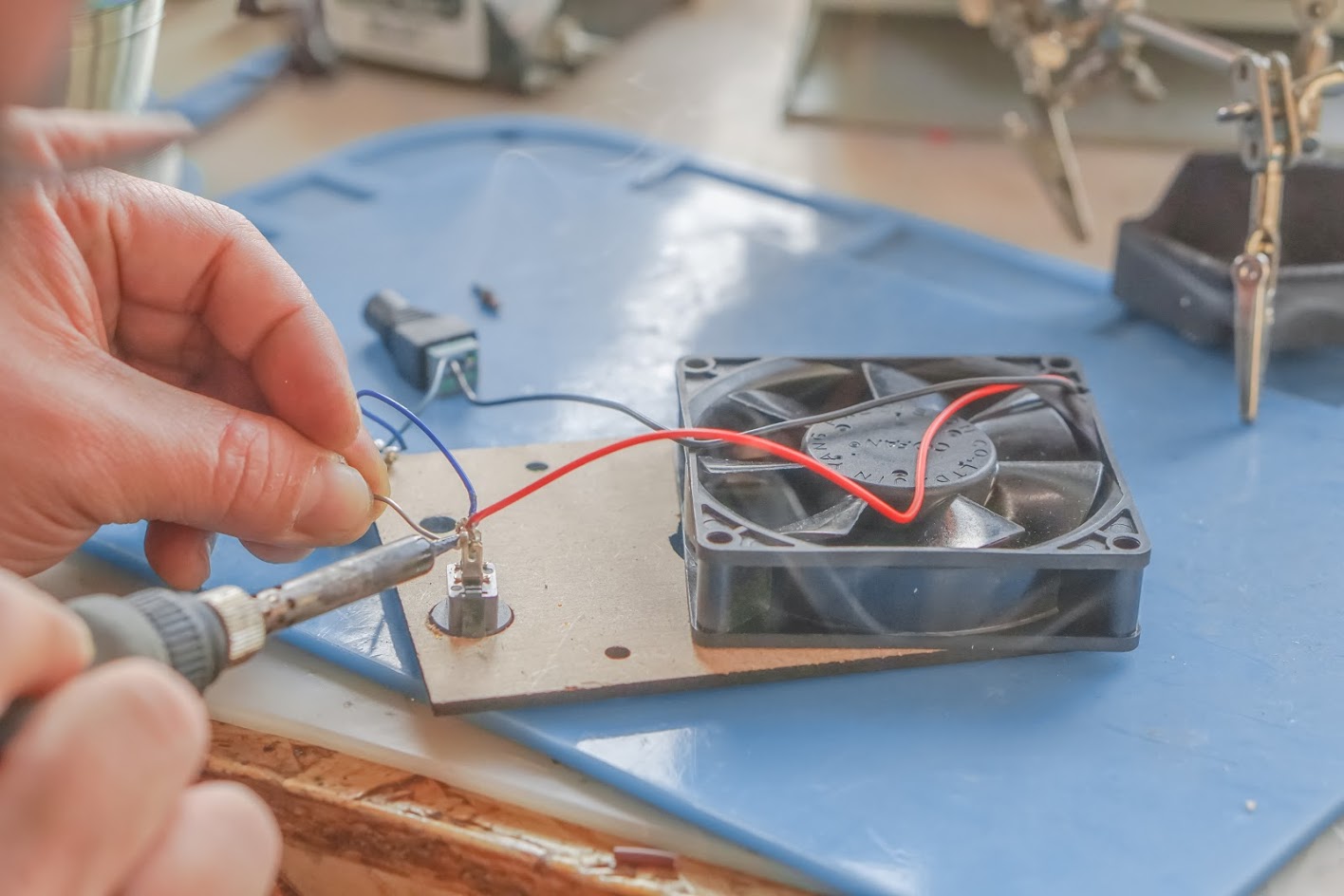4. Stirrer
How to make a stirrer
Today we learned about what is a stirrer, why it’s important and useful, and how to make one. We first started on a lecture of how the stirrer works mechanically and then what kind of experiments, such as making hot chocolate or a Briggs Rauscher Reaction: “Chemical Clock” reaction, can be done.
However instead of utilizing the BHA design for the stirrer, I found a more easier to learn and cheap to make barebones design for the magnetic stirrer. By reducing the stirrer to only its neccessary components, I found that we would only need to know what a potentiometer does, how to connect electricity from a power source to a fan, and only take about 30minutes to assemble.




It seems like an acceptable alternative but as I researched more I found there is even a 3D printed stirrer design which I replicated with good results as well. We taught the concept of 3D modeling and printing in this class as well so I introduced them to thingiverse.com and other resources that they can then replicate themselves in the future. I even went and added a heating pad and sensor with an interface to make a portable and easy to make improved magnetic stirrer.



